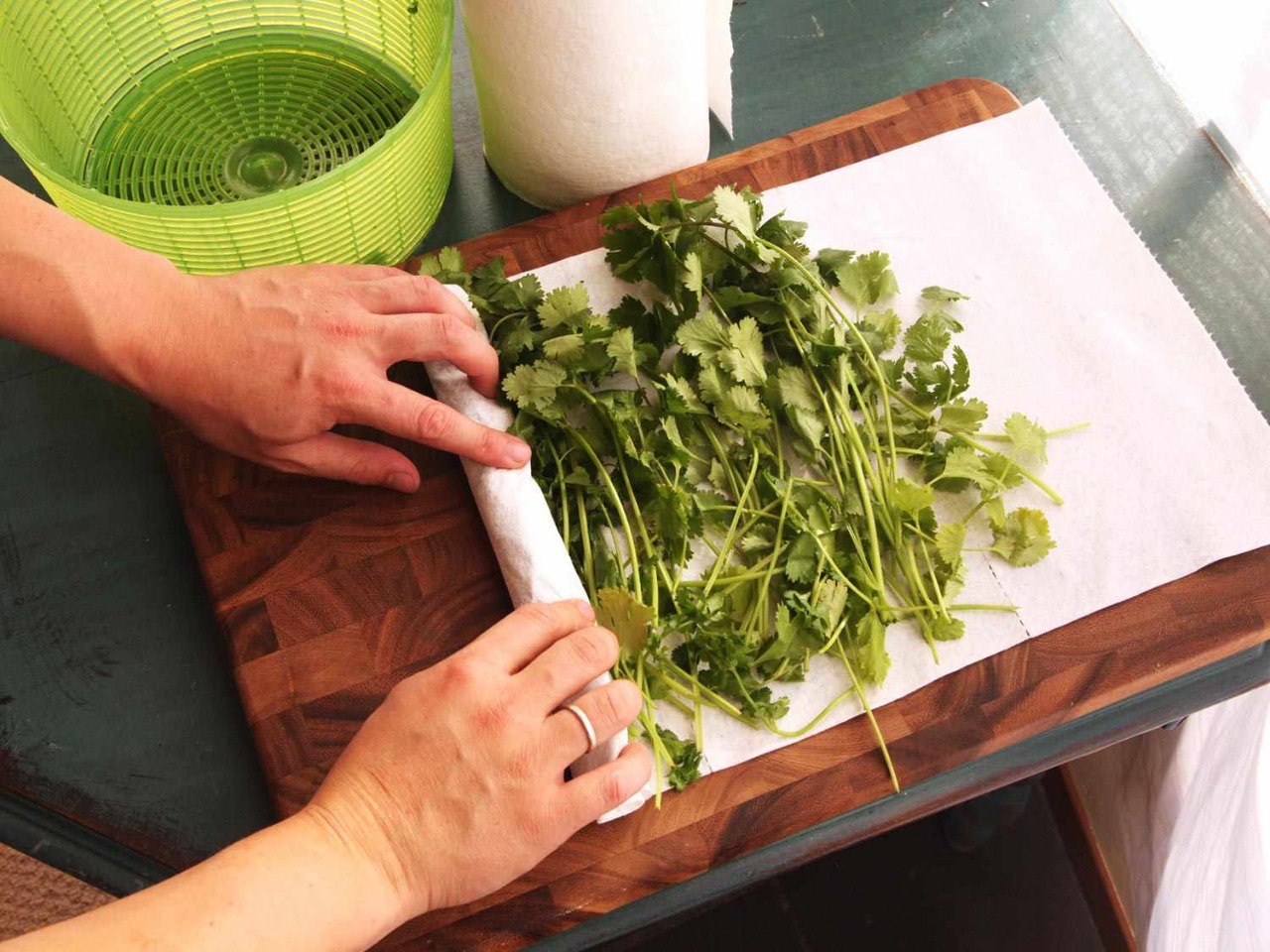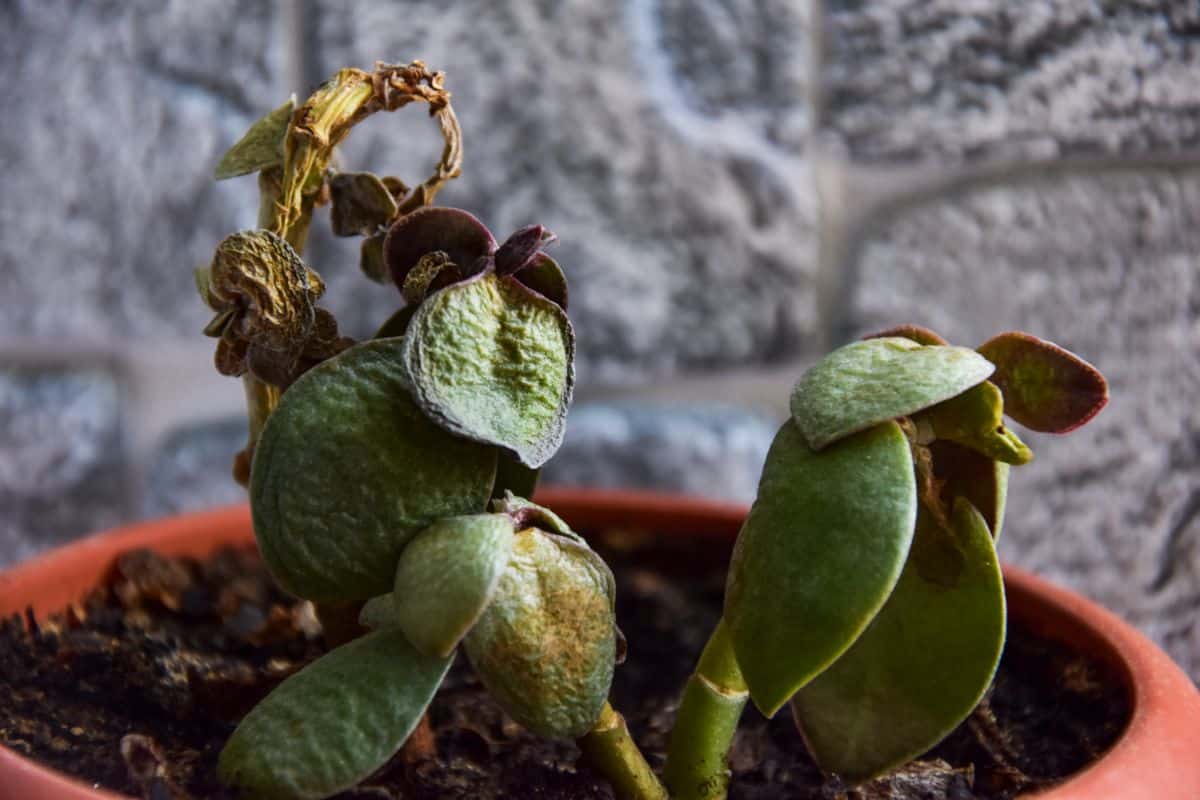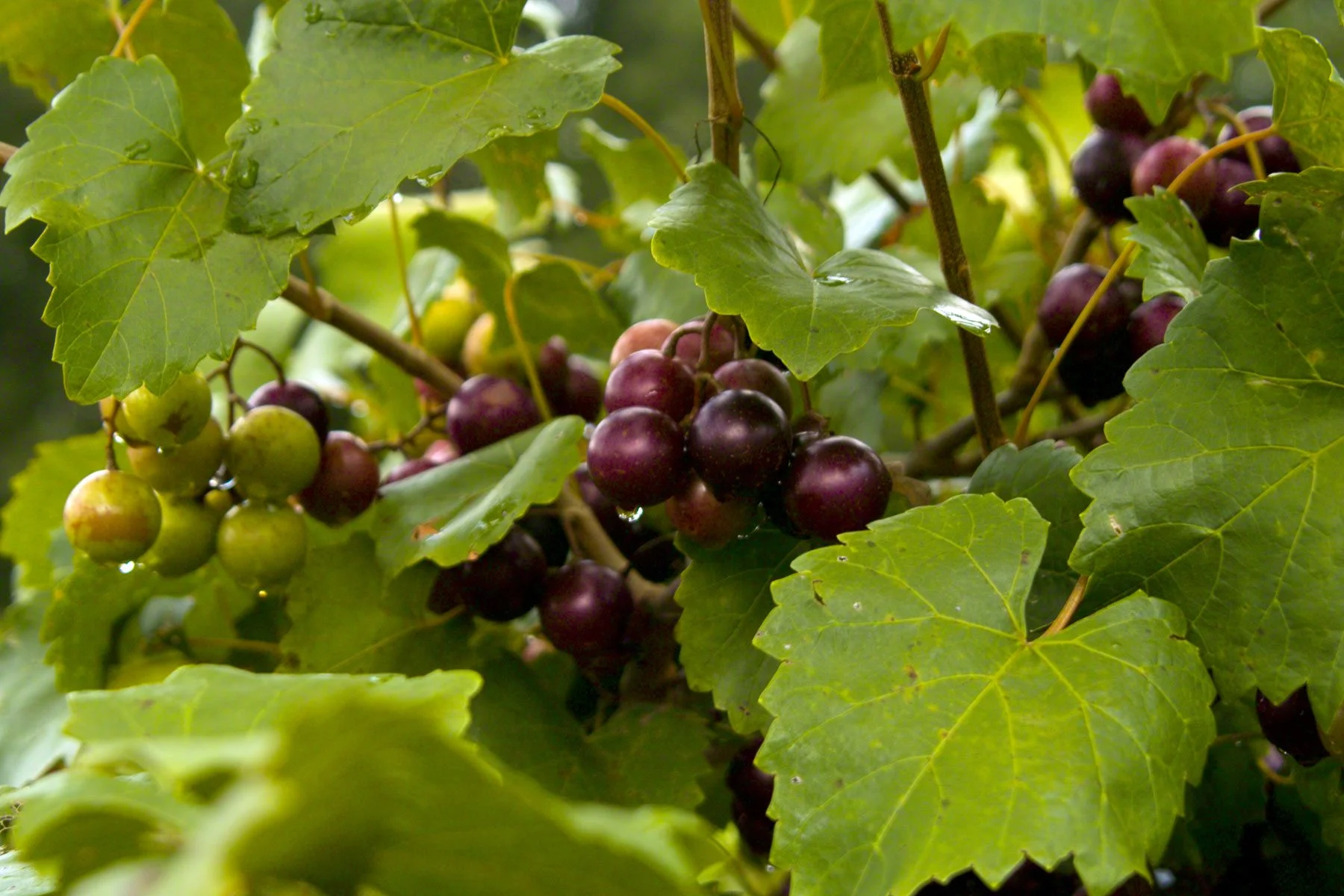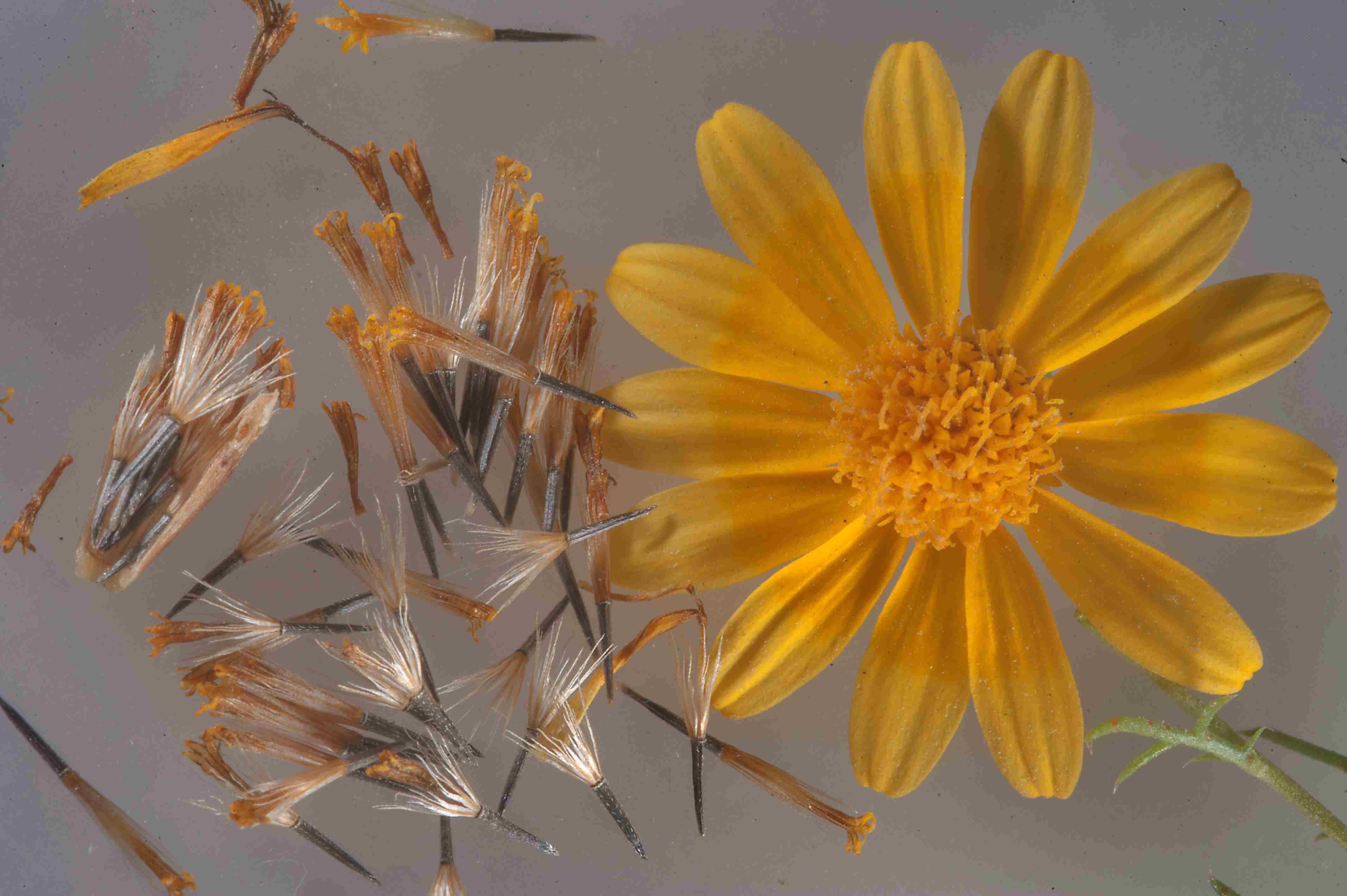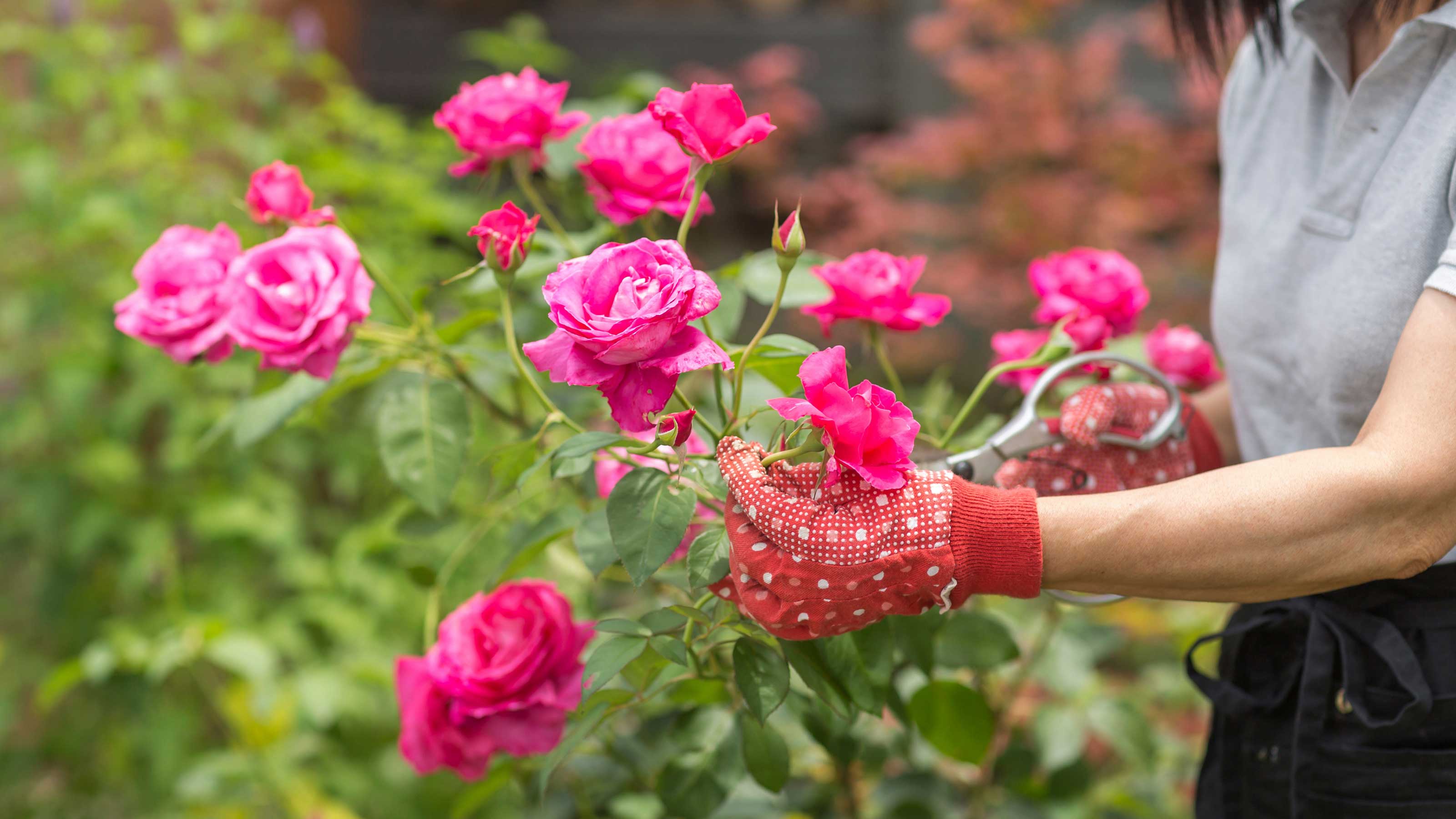Home>Types of Gardening>Edible Gardening>How To Save Pomegranate Seeds For Planting
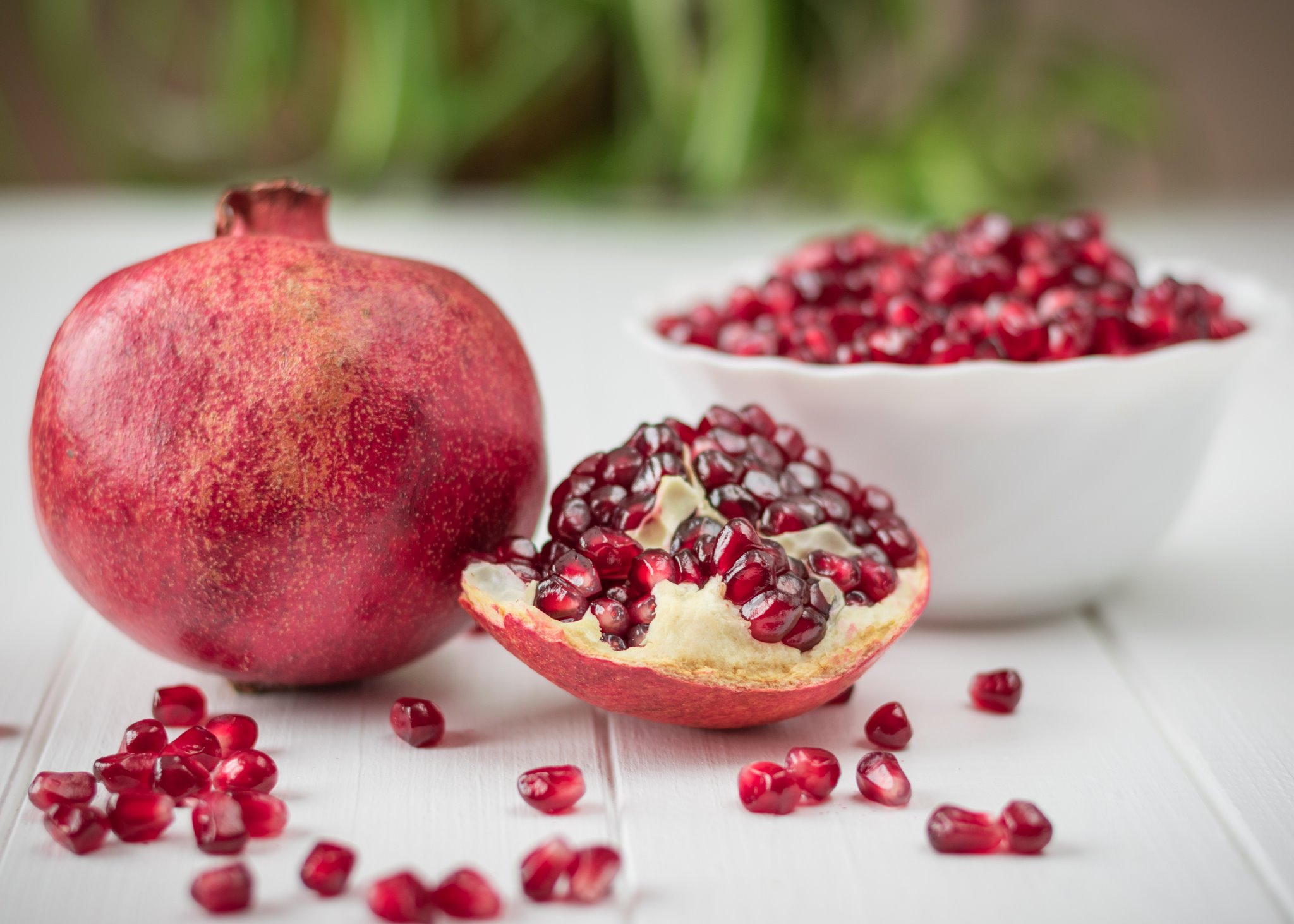

Edible Gardening
How To Save Pomegranate Seeds For Planting
Modified: February 9, 2024
Learn how to save pomegranate seeds for planting and start your own edible gardening adventure. Discover the steps and tips to successfully grow pomegranate trees at home.
(Many of the links in this article redirect to a specific reviewed product. Your purchase of these products through affiliate links helps to generate commission for Chicagolandgardening.com, at no extra cost. Learn more)
Table of Contents
Introduction
Welcome to the world of edible gardening! If you have a green thumb and a love for delicious, homegrown fruits, then you’re in for a treat. One fruit that deserves a special place in any garden is the pomegranate. Known for its vibrant red arils and tangy flavor, the pomegranate is not only a tasty treat but also a beautiful addition to any backyard or garden.
While you can easily find pomegranate seeds at your local grocery store, there’s something truly special about growing your own plants from scratch. Saving pomegranate seeds for planting is a rewarding and cost-effective way to grow your own pomegranate trees and enjoy the fruits of your labor.
But why would you go through the trouble of saving pomegranate seeds when you can simply buy a potted pomegranate plant? Well, for starters, the process of saving and planting pomegranate seeds allows you to have control over the entire growth cycle of the plant, from seed to fruit-bearing tree. Additionally, by saving seeds from a particularly delicious variety of pomegranate, you can ensure the quality and flavor of the future harvest. Plus, it’s a fulfilling and educational experience that connects you with nature and the wonder of plant life.
In this article, we’ll guide you through the process of saving pomegranate seeds for planting. You’ll learn how to select the right pomegranate, harvest and prepare the seeds, store them properly, and eventually plant them to grow your own pomegranate tree. So, roll up your sleeves, grab your gardening tools, and let’s get started on this exciting journey towards growing your own pomegranates!
Why Save Pomegranate Seeds?
Before we dive into the process of saving pomegranate seeds, let’s explore the reasons why you should consider doing it in the first place. While it may be tempting to simply purchase a potted pomegranate plant, there are several advantages to saving and planting your own pomegranate seeds.
First and foremost, saving pomegranate seeds allows you to preserve the qualities of a specific pomegranate variety that you particularly enjoy. Pomegranates come in a wide range of flavors, from tart and tangy to sweet and slightly floral. By saving the seeds from a pomegranate that you find exceptionally delicious, you can ensure that the offspring of the planted seeds will inherit those desirable qualities.
Furthermore, growing pomegranates from seeds is an economical option. Pomegranate plants can be quite expensive when purchased as potted saplings. By saving and planting seeds, you can grow your own pomegranate trees without breaking the bank. This is especially beneficial if you have a large garden or want to grow multiple pomegranate trees.
Another advantage of saving pomegranate seeds is the sense of accomplishment and connection to nature that comes with it. Watching the seeds germinate and grow into healthy seedlings, eventually bearing fruit, is a rewarding experience. It allows you to have a deeper appreciation for the intricacies of plant life and the wonder of nature’s growth cycles.
Additionally, saving pomegranate seeds can be a great educational activity for children and gardening enthusiasts alike. It provides an opportunity to learn about plant propagation, seed germination, and the development of fruit-bearing trees. This hands-on experience fosters curiosity, patience, and a sense of responsibility towards nurturing and caring for plants.
Finally, growing your own pomegranates from seeds allows you to have complete control over the cultivation process. You can ensure that your pomegranate trees are grown organically and without the use of harmful pesticides or chemicals. This allows you to have a safe and healthy harvest, knowing exactly what goes into the growth of your fruits.
Now that we understand the benefits of saving pomegranate seeds, let’s move on to the next step: selecting the right pomegranate for seed saving.
Selecting the Right Pomegranate
When it comes to saving pomegranate seeds for planting, it’s important to choose the right pomegranate variety. Not all pomegranates are suitable for seed saving, as some may produce offspring with undesirable traits or may not grow well in your specific climate. Here are some factors to consider when selecting the right pomegranate for seed saving:
1. Climate suitability: Pomegranate trees thrive in Mediterranean climates, characterized by hot, dry summers and mild winters. If you live in an area with a similar climate, you have a wide range of pomegranate varieties to choose from. However, if you reside in a colder or more humid region, it’s crucial to select a variety that is known to be more cold-hardy or disease-resistant.
2. Flavor preference: Pomegranates come in various flavors, ranging from sweet to tart. Consider the taste profile that you prefer and choose a pomegranate variety that aligns with your taste buds. Some popular sweet varieties include ‘Wonderful’ and ‘Angel Red’, while ‘Haku Botan’ and ‘White’ pomegranates provide a more tart flavor.
3. Size and appearance: Pomegranates also differ in terms of size and appearance. If you have limited space in your garden or prefer smaller fruits, consider compact or dwarf varieties. On the other hand, if you want visually striking pomegranates, look for varieties with vibrant colors, such as ‘Red Silk’ or ‘Kashmir Blend’.
4. Disease resistance: Some pomegranate varieties are more resistant to common diseases, such as root rot or fungal infections. It’s advisable to choose varieties that have a reputation for being disease-resistant, as this will help ensure the health and longevity of your pomegranate tree.
5. Pollination requirements: Pomegranates are self-pollinating, meaning they can produce fruit without the need for cross-pollination from another pomegranate tree. However, having multiple pomegranate trees can increase the yield and fruit set. If you have space for multiple trees, consider selecting compatible varieties that can cross-pollinate and potentially enhance fruit production.
When purchasing pomegranates for seed saving, look for healthy fruits that are fully ripe but not overripe. Overripe fruits may have seeds that are not viable or may have started to degrade. Choose pomegranates that are free of blemishes, cracks, or signs of decay.
By carefully selecting the right pomegranate variety based on climate suitability, flavor preference, size and appearance, disease resistance, and pollination requirements, you can lay a strong foundation for successful pomegranate seed saving and ultimately enjoy a bountiful harvest in the future.
Harvesting Pomegranate Seeds
Once you have chosen the perfect pomegranate variety for seed saving, it’s time to harvest the seeds. Harvesting pomegranate seeds involves a few simple steps to ensure that you extract them properly and preserve their viability:
1. Timing: Harvest pomegranates when they are fully ripe. Look for fruits that have developed a rich color and feel heavy for their size. Pomegranates typically ripen in late summer or early fall, depending on your climate. Avoid harvesting them too early, as the seeds may not be fully developed and may not germinate successfully.
2. Preparation: Before harvesting, gather a sharp knife or scissors and a container to collect the seeds. It’s helpful to have a cutting board or a clean surface to work on. Make sure to wash your hands thoroughly to maintain hygiene.
3. Cut and Separate: Cut off the crown or stem end of the pomegranate, being careful not to damage the seeds inside. Then, make shallow cuts along the natural ridges of the fruit, scoring the skin but not cutting all the way through. Gently pry open the pomegranate along the cuts, revealing the clusters of juicy arils.
4. Remove the Arils: Use your fingers or a spoon to gently separate the arils from the white pith. Be cautious not to break or crush the arils, as the juice can stain and be difficult to remove. Place the separated arils into the container, discarding any damaged or unripe seeds.
5. Rinse and Dry: Once you have collected all the arils, give them a quick rinse under cold water to remove any residual pith or debris. Avoid soaking them in water, as this can potentially reduce their viability. After rinsing, gently pat them dry with a clean paper towel or kitchen towel.
It’s important to note that pomegranate seeds have a natural protective coating that inhibits the germination process. To enhance germination, you can remove this coating by gently rubbing the seeds with a soft cloth before drying them.
Once the seeds are dry, they are ready for further cleaning and preparation before storage or immediate planting. In the next section, we will explore how to clean and prepare pomegranate seeds for planting.
Cleaning and Preparing Pomegranate Seeds for Planting
After harvesting the pomegranate seeds, it’s important to clean and prepare them properly before planting. This will help ensure their viability and improve their chances of successful germination. Follow these steps to clean and prepare pomegranate seeds for planting:
1. Remove the Membrane: Pomegranate seeds are typically encapsulated in a gel-like membrane. To separate the seeds from the membrane, place the collected arils in a bowl of water. Gently squeeze and rub the arils to loosen the membrane. The seeds will sink to the bottom of the bowl, while the membrane will float to the surface. Skim off the membrane and discard it.
2. Rinse the Seeds: Once the seeds are separated from the membrane, give them a thorough rinse under cold water. This will help remove any remaining pulp or residue. Be gentle while rinsing to avoid damaging the seeds.
3. Dry the Seeds: After rinsing, spread the seeds out on a clean paper towel or a mesh screen to dry. Allow them to air dry completely for a day or two. Make sure the seeds are spread out in a single layer to promote even drying.
4. Stratification (Optional): Stratification is a process that mimics winter conditions to stimulate seed dormancy breakage and promote germination. Some people choose to stratify pomegranate seeds to improve their germination rate. To stratify the seeds, place them in a damp paper towel or damp sand and seal them in a plastic bag. Store the bag in the refrigerator for 4-6 weeks before proceeding to planting.
By cleaning and preparing pomegranate seeds after harvest, you remove any barriers that could inhibit their germination. This process ensures that the seeds are in optimal condition for planting and gives them the best chance of sprouting and growing into healthy seedlings.
Now that the seeds are cleaned and prepared, let’s move on to discussing the proper storage techniques to preserve their viability until it’s time for planting.
Storing Pomegranate Seeds
Proper storage is crucial for preserving the viability of pomegranate seeds until you’re ready to plant them. Follow these guidelines to ensure that your saved pomegranate seeds remain fresh and viable:
1. Dry Completely: Before storing the seeds, make sure they are completely dry. Any remaining moisture can lead to mold or fungal growth, which can significantly reduce their viability. Allow the seeds to air dry for a few days until they are completely moisture-free.
2. Use Airtight Containers: Pomegranate seeds should be stored in airtight containers to protect them from moisture, pests, and temperature fluctuations. You can use small resealable plastic bags or glass jars with tight-fitting lids. Make sure the containers are clean and dry before adding the seeds.
3. Label and Date: It’s important to label each container with the variety and the date of seed collection. This will help you keep track of different varieties and ensure that you use the oldest seeds first to maintain their viability.
4. Store in a Cool and Dark Location: Pomegranate seeds should be stored in a cool and dark place to maintain their quality. Ideal storage conditions are between 32°F and 41°F (0°C and 5°C) with low humidity. A refrigerator or a root cellar can be suitable storage locations. Avoid storing the seeds near any fruits or vegetables that produce ethylene gas, as this can negatively affect seed viability.
5. Check Regularly: Periodically check the stored seeds for any signs of mold, decay, or moisture. If you notice any issues, remove the affected seeds immediately to prevent the spread of damage to the rest of the batch.
By following these storage guidelines, you can ensure that your pomegranate seeds remain viable and ready for planting when the time is right. Remember to store them in airtight containers, label them properly, keep them in a cool and dark location, and regularly inspect them for any signs of deterioration.
Now that you know how to store the pomegranate seeds, let’s move on to the exciting next step: planting the seeds to grow your own pomegranate tree.
Planting Pomegranate Seeds
Now comes the exciting part – planting pomegranate seeds and nurturing them into beautiful pomegranate trees. Here are the steps to follow when planting your pomegranate seeds:
1. Prepare the Planting Medium: Start by selecting a well-draining planting medium. A mixture of potting soil and perlite or vermiculite works well. Fill small pots or seed trays with the planting medium, leaving about an inch of space at the top.
2. Plant the Seeds: Plant the pomegranate seeds about half an inch deep into the prepared planting medium. Space the seeds a few inches apart to allow room for growth. Gently cover the seeds with additional soil, ensuring they are well-covered but not buried too deeply.
3. Water and Moisture: After planting, water the seeds thoroughly, ensuring that the soil is moist but not waterlogged. Place the pots or trays in a warm location that receives ample sunlight, such as a sunny windowsill or a greenhouse.
4. Ensure Proper Conditions: Pomegranate seeds require warmth and consistent moisture for germination. Aim for a temperature range between 68°F to 86°F (20°C to 30°C). Cover the trays or pots with a clear plastic wrap or a humidity dome to create a greenhouse-like environment that retains moisture.
5. Germination and Growth: Pomegranate seeds typically take two to four weeks to germinate, though it can take longer in some cases. Once the seedlings emerge, remove the plastic wrap or dome while ensuring they continue to receive adequate light and moisture.
6. Transplanting: As the seedlings grow, they will eventually outgrow their initial pots or trays. Transplant them into larger pots or directly into your garden once they have 4-6 true leaves. Ensure that the soil in the transplanting location is well-draining and rich in organic matter.
7. Outdoor Planting: If you live in a suitable climate with mild winters, you can directly plant the pomegranate seedlings into your garden. Choose a sunny location with well-draining soil. Dig a hole slightly larger than the root ball of the seedling, place it in the hole, and backfill with soil. Water the seedlings thoroughly after planting.
8. Care and Maintenance: Young pomegranate trees require regular watering to establish strong root systems. Provide water consistently, but avoid overwatering, as pomegranate trees are drought-tolerant once established. Fertilize the trees with a balanced organic fertilizer in early spring and late summer to promote healthy growth and fruit production.
Remember to be patient and consistent in caring for your pomegranate seedlings. With time, they will grow into strong and productive pomegranate trees, rewarding you with a bounty of delicious fruits.
In the final section, we’ll discuss essential tips on caring for pomegranate seedlings to ensure their healthy development.
Caring for Pomegranate Seedlings
Proper care is essential for the healthy development of pomegranate seedlings. Here are some important tips to ensure the success of your pomegranate plants:
1. Watering: Pomegranate trees have moderate water requirements. Water the seedlings deeply but infrequently, allowing the soil to dry out slightly between waterings. Once established, pomegranate trees are drought-tolerant, but consistent watering during dry periods will help promote healthy growth and fruit production.
2. Sunlight: Pomegranate trees thrive in full sunlight, so choose a location for your seedlings where they can receive at least 6-8 hours of direct sunlight each day. Lack of adequate sunlight can result in weak growth and decreased fruit production.
3. Pruning: Pruning is important for shaping and maintaining the form of your pomegranate tree. Prune the seedlings lightly during their first year to encourage branching and development of a strong framework. In subsequent years, prune in late winter or early spring to remove dead or damaged branches and to maintain an open and well-ventilated tree canopy.
4. Fertilization: Pomegranate trees benefit from regular fertilization for optimal growth and fruit production. Use a balanced fertilizer specifically formulated for fruit trees, following the instructions on the package. Apply the fertilizer in early spring and late summer, avoiding excessive nitrogen as it can promote vegetative growth at the expense of fruit production.
5. Weed Control: Keep the area around your pomegranate seedlings free from weeds, as weeds can compete for nutrients and water. Mulching around the base of the trees with organic mulch, such as wood chips or straw, can help suppress weed growth and conserve soil moisture.
6. Pest and Disease Management: Monitor your pomegranate seedlings for common pests, such as aphids, scales, and mealybugs. Use natural and organic pest control methods, such as insecticidal soaps or neem oil, to control infestations. Regularly inspect the seedlings for signs of diseases, such as fungal infections or root rot, and take appropriate measures to control and prevent their spread.
7. Winter Protection: In regions with cold winters, provide protection for your pomegranate trees during the dormant period. Apply a layer of organic mulch around the base of the trees to insulate the roots and help retain soil moisture. Consider wrapping the trunks with burlap or covering the trees with frost blankets to protect them from freezing temperatures and frost damage.
By following these care tips, you will promote the healthy growth and development of your pomegranate seedlings, eventually leading to a bountiful harvest of delicious pomegranates.
Now that you know how to care for your pomegranate seedlings, you’re well-equipped to embark on your edible gardening journey and enjoy the rewards of homegrown pomegranates!
Conclusion
Congratulations! You’ve now learned how to save pomegranate seeds for planting and embark on your own edible gardening adventure. By following the steps outlined in this article, you can grow your own pomegranate trees and enjoy the satisfaction of harvesting and eating homegrown pomegranates.
From selecting the right pomegranate variety to harvesting the seeds, cleaning and preparing them, and storing them for future use, we’ve covered the essential steps to ensure the success of your pomegranate seed saving journey. Additionally, we’ve discussed the importance of caring for pomegranate seedlings, including proper watering, sunlight, pruning, fertilization, weed control, and pest management.
But remember, gardening is a continuous learning process. As you embark on your pomegranate growing journey, don’t hesitate to experiment, learn from your experiences, and adapt your techniques. Each step of the process brings its own joys and challenges, and with time, your pomegranate trees will flourish, rewarding you with their vibrant blossoms and delicious fruits.
So, whether you’re a seasoned gardener looking to expand your edible garden or a beginner eager to try your hand at growing your own fruits, saving pomegranate seeds for planting is a wonderful and rewarding venture. Not only will you get to enjoy the flavors of fresh pomegranates, but you’ll also experience the satisfaction of nurturing and cultivating life from seed to tree.
Get your hands dirty, embrace the wonders of nature, and watch as your pomegranate seeds transform into thriving trees in your garden. Let the vibrant colors, rich flavors, and the beauty of pomegranates enrich your garden and your life.
So go ahead, start saving those pomegranate seeds and uncover the joy of growing your own edible oasis!

